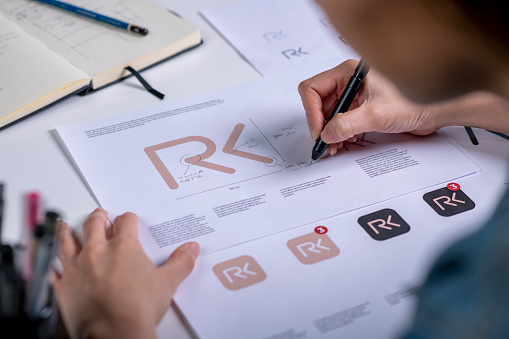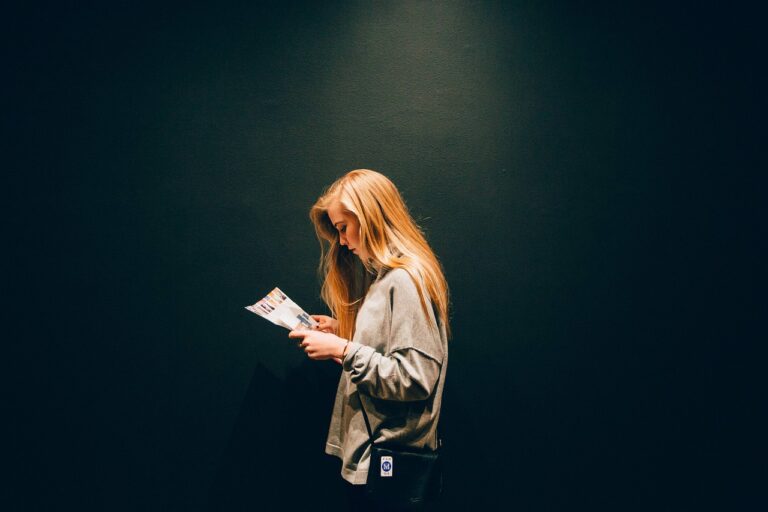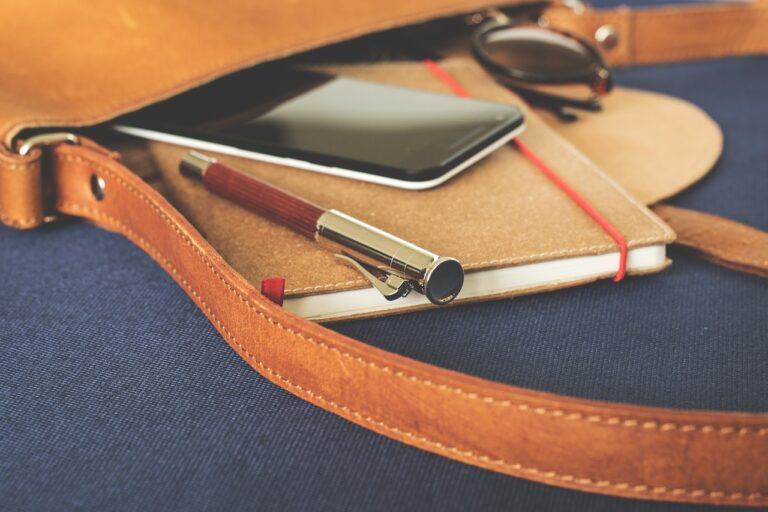Exploring the Role of Fashion in LGBTQ+ Rights Movements
Fashion has long been intertwined with LGBTQ+ activism, serving as a powerful tool for self-expression and defiance against societal norms. Throughout history, clothing choices and styles have been used by the LGBTQ+ community to challenge gender expectations and promote visibility. From the flamboyant attire of drag queens at Stonewall in the 1960s to the bold fashion statements of activists like Marsha P. Johnson, clothing has been a form of resistance and empowerment for the LGBTQ+ community.
Fashion has played a vital role in sparking conversations and driving social change within the LGBTQ+ community. The act of dressing in a way that defies traditional gender norms has been a form of protest against the heteronormative constraints imposed by society. By embracing unique and diverse fashion styles, LGBTQ+ individuals have been able to assert their identities and demand acceptance and equality.
The Evolution of LGBTQ+ Fashion Representation
Fashion has long been intertwined with LGBTQ+ representation, serving as a powerful mode of self-expression and identity for many within the community. Over the years, LGBTQ+ individuals have used clothing and style to challenge norms, break barriers, and make bold statements about their identities. As societal attitudes towards LGBTQ+ individuals have shifted, so too has the representation of queer fashion in the mainstream media.
The evolution of LGBTQ+ fashion representation can be seen in various forms, from the androgynous looks of the 1960s and 1970s that challenged gender norms, to the glam rock and punk influences of the 1980s that embraced bold colors and edgy styles. As LGBTQ+ voices have become more prominent in the fashion industry, there has been a rise in visibility and celebration of queer identities through clothing and accessories. Fashion designers, models, and influencers from the LGBTQ+ community have played a significant role in shaping the industry and pushing for greater acceptance and inclusivity.
The androgynous looks of the 1960s and 1970s challenged gender norms
Glam rock and punk influences of the 1980s embraced bold colors and edgy styles
LGBTQ+ voices have become more prominent in the fashion industry
Rise in visibility and celebration of queer identities through clothing and accessories
Fashion designers, models, and influencers from the LGBTQ+ community shaping the industry
Fashion as a Form of LGBTQ+ Expression
Fashion has long been utilized as a powerful form of self-expression within the LGBTQ+ community. Through style choices, individuals can assert their identity, challenge norms, and celebrate diversity. The adoption of certain clothing styles or trends in LGBTQ+ circles often carries nuanced meanings and can serve as a means of solidarity and visibility.
By incorporating elements of queerness into their fashion choices, individuals can communicate their LGBTQ+ identity in a world that may not always be accepting. From bold and gender-bending outfits to subtle symbolism in accessories, fashion allows individuals to express their authentic selves authentically and unapologetically. In this way, fashion becomes not just a means of looking good but a medium for telling one’s story and claiming a space in a society that may seek to marginalize LGBTQ+ individuals.
What is the historical influence of fashion in LGBTQ+ activism?
Fashion has played a significant role in LGBTQ+ activism throughout history, serving as a form of self-expression and a tool for challenging societal norms and stereotypes. Many LGBTQ+ individuals have used fashion as a way to assert their identities and bring visibility to their community.
How has LGBTQ+ fashion representation evolved over time?
LGBTQ+ fashion representation has evolved to become more inclusive and diverse, reflecting the wide spectrum of identities within the community. There has been a shift towards breaking traditional gender norms and embracing non-binary and genderfluid fashion styles.
How is fashion used as a form of LGBTQ+ expression?
Fashion is a powerful form of self-expression for many LGBTQ+ individuals, allowing them to showcase their identities, challenge societal norms, and connect with others in the community. Through clothing, accessories, and styling choices, LGBTQ+ individuals can communicate their gender identity, sexual orientation, and personal beliefs.







